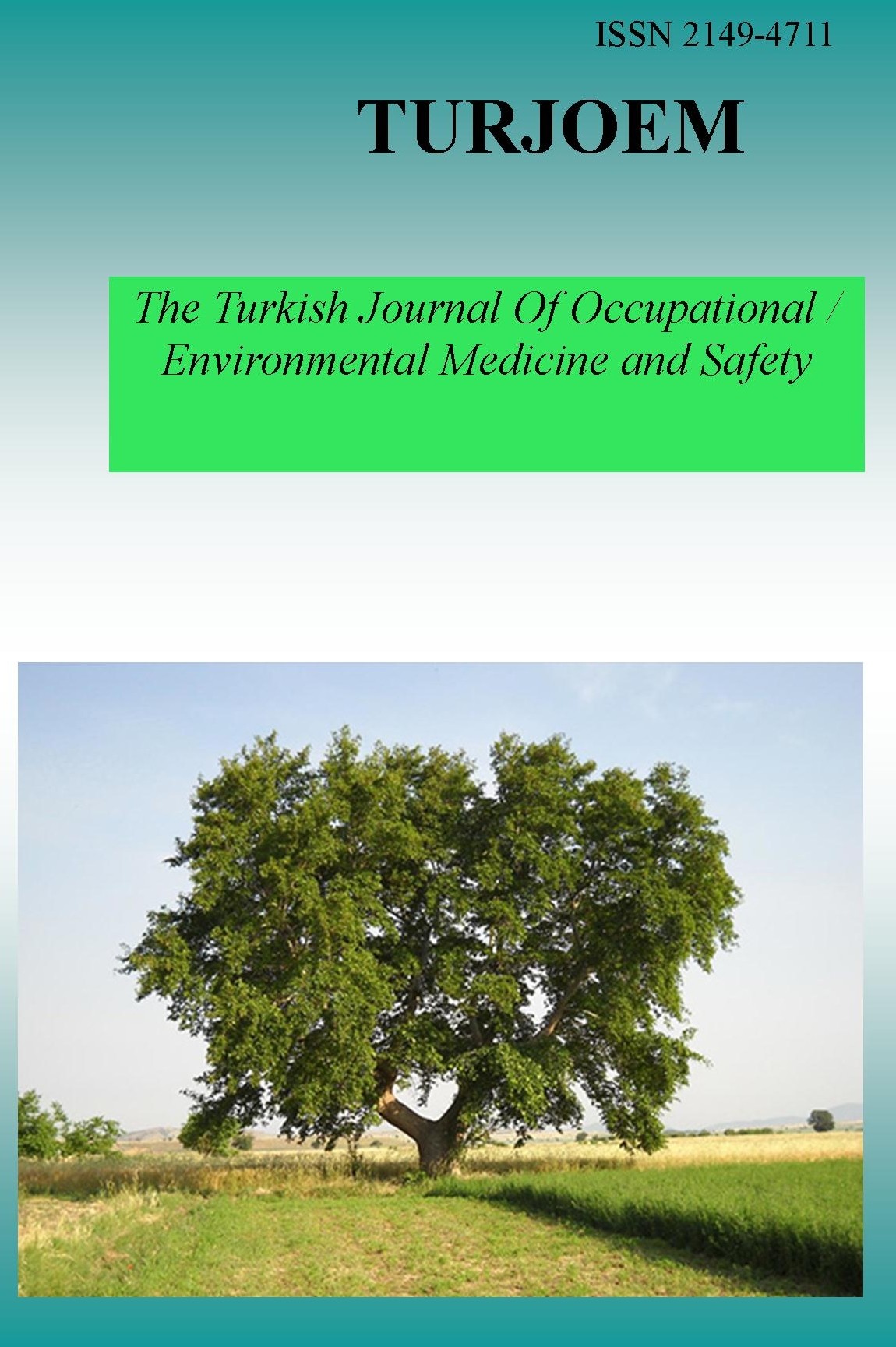HYPERICIN INDUCED CHANGES IN CYTOTOXICITY AND METABOLIC ACTIVITIES IN HT-29 ADENOCARCINOMA CELLS
HYPERICIN INDUCED CHANGES IN CYTOTOXICITY AND METABOLIC ACTIVITIES IN HT-29 ADENOCARCINOMA CELLS
HYPERICIN INDUCED CHANGES IN CYTOTOXICITY AND METABOLIC ACTIVITIES IN HT-29 ADENOCARCINOMA CELLS,
___
- Aysun Kılıç SÜLOĞLU, Güldeniz SELMANOĞLU
- Department of Biology, Faculty of Science, Hacettepe University, 06800, Beytepe Campus, Ankara, Turkey
- ISSN: 2149-4711
- Başlangıç: 2015
- Yayıncı: Engin TUTKUN
AMATOXIN AND PHALLOTOXIN CONTENT OF LEPIOTA CRISTATA
Ertugrul KAYA, Ilgaz AKATA, Nuri Cenk COSKUN
WHAT IS DOPING CONTROL CENTER?
Burcu CAPKIN, Zeliha BAYRAM, Asena Ayse GENC
ASSESSMENT OF THE PROTECTIVE EFFECTS OF ANTIOXIDANTS ON ACRYLAMIDE INDUCED TOXICITY IN RATS
Ayfer BECEREN, Sezgın AYDEMIR, Gülden Z. OMURTAG
TOXIC EFFECT OF LEAD EXPOSURE TO NEWBORN AND CHILDREN
Esma SÖYLEMEZ, Zeliha KAYAALTI
THE EXPRESSION OF CYP1A1 AND CYP1B1 ISOENZYMES IN BREAST CANCER, IN RELATION TO CHEMOTHERAPY
Arzu Kaya KOÇDOĞAN, Serpil OĞUZTÜZÜN, Emine BENZER, Murat KILIÇ, Gülay DILEK, Yavuz Selim KAHRAMAN, Mehmet Ali GÜLÇELIK
INCREASE IRON AND TOXICITY IN GROUND DRINKING WATER RESOURCES IN DARFUR-SUDAN
THE TOXIC EFFECTS OF ARSENIC ON THE HEMATOPOIETIC SYSTEM
Zeliha KAYAALTI, Gulibahaer REJIEPU
THE CYTOPATHOLOGICAL EFFECTS OF LAMBDA-CYHALOTHRIN ON GILLS OF OREOCHROMIS NILOTICUS
Pelin UĞURLU, Elif İpek SATAR, Tarık ÇİÇEK, Özlem DEMİRCİ
GENOTOXICAND CYTOTOXICITY EFFECTS OF INDOXACARB INSECTICIDE ON LACTUCASATIVA L.PLANT
Bahar GÖK, Neslihan DEMIR, Pınar GÖK
ENVIRONMENTAL CONTAMINATION FROM ACCUMULATION OF ANTIBIOTICS AND WIDESPREAD POLLUTION PATHWAYS
